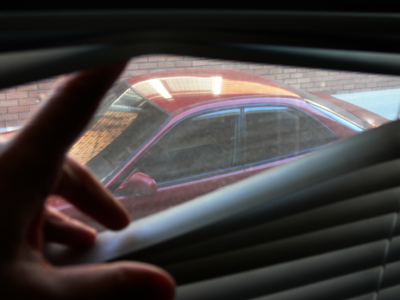I have been cleaning out the basement in my free time and I found some of my old books that I used to read when I was a kid. It’s strange to look at them. They were printed the year I was born in 1969, but the copyright goes back further than that. They are NOT politically correct and every white family has an “Auntie” that is African American and wears a ‘kerchief on her head.

It is only by the grace of Sesame Street that I am not a bigot.
Even then, I wonder at myself when I look at these books that I loved and cherished as a child. To my mother’s credit, we usually read the stories that had no “Aunties” in them, like the Velveteen Rabbit. It was such a sad story and I loved to have my mom read it to me.

This is the part of the story where the real rabbits make fun of the Velveteen Rabbit because he is not a “real” rabbit. Even today, the look on that stuffed bunny’s face makes me sad.
Human relations and sad stories aside, these books are a treasure trove of Sixties illustration. The simple lines of the first picture that make the girls look as if they are made of cardboard cutouts draw my eye. The fuzzy coloring of the bunnies makes me want to touch them. When I was a kid, I didn’t notice the illustration of my stories. I just took them for granted.
When I look at a current illustration for the same story, the artwork is much more realistic, but MUCH less emotional.
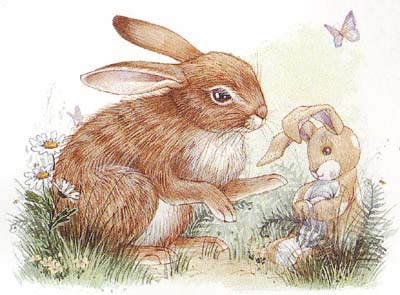
The real rabbit looks so authentic that I can’t see any of the mocking or teasing. The Velveteen Rabbit’s head is down, but it’s hard to see the shame that he is feeling.
I forget how much of storytelling is done with illustration. Would I have loved the Velveteen Rabbit so much if I had been introduced to the story with the “beautiful” illustrated version? I don’t know. All I know is that I can feel the shame from that crudely drawn stuffed animal so strongly that I actually HATE those real rabbits.
Update 05-02-12: I had a question about copyright on the first picture and I thought I’d go into WAY more detail than the answer really needed. These pictures are from Parade of Stories published by Child Horizons.

You can see Auntie Melaynay from Tag-Along No Longer right on the front cover.
The copyright for the book is 1967.
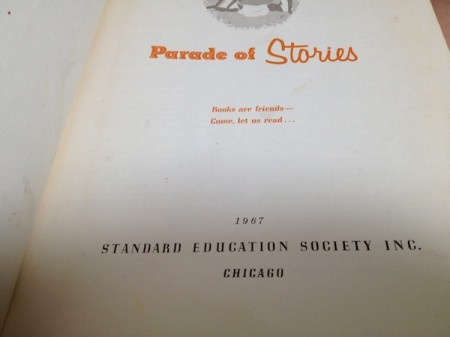
The book is a reprint from a large variety of other publications, so the copyright for Tag-Along No Longer is actually from 1941.

The thing that surprised me so much is how NORMAL this seemed to me when I was a kid and how RACIST it seems now. When I read this story as a child, I didn’t notice the bias. Here is an excerpt from the book.
They couldn’t go alone. Susan’s mother had gone shopping, and Emily’s mother was getting a permanent wave. Virginia’s mother was president of the Parent-Teacher Association, and had gone to a meeting. And Ann and Tooloo’s mother wasn’t even on Oleander Island; she had gone to visit Aunt Martha at Mule Shoe.
“Let’s ask Aunt Melaynay,” said Ann.
They went to the kitchen to find Aunt Melaynay. “Aunt Melaynay,” said Ann, “will you take us to the circus?”
“Sho’ I will,” said Aunt Melaynay. “But you chilluns will have to git yo’ own fo’ bits apiece, and wear yo’ hats, caze de sun’s hot.”
Not only is every available mother participating in a feminist’s nightmare, Aunt Melaynay, who is probably overworked and hasn’t had a chance to take her own children to the circus, is expected to fill in. Although I enjoy reading a good dialect, Aunt Melaynay’s accent is another stereotype.
As a child, I took all of this at face value. I wished that our family had an Aunt like Melaynay. I didn’t question the very whiteness of the children. I assumed that she was really their aunt. I never had an aunt who lived nearby. All our family was so far away that visits with aunts happened only once every other year. If I had an aunt who lived in Utah, then maybe my aunt would take me to the circus, just like Melaynay.
As an adult, I look at this cherished book and I cringe with the stereotypes and veiled references to slavery. It makes me question everything I learned as a child and embarrasses me to no end.


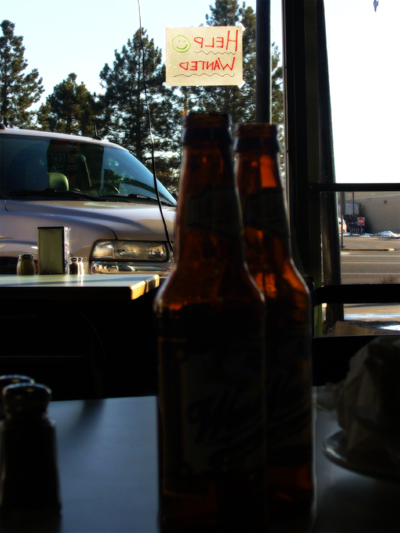



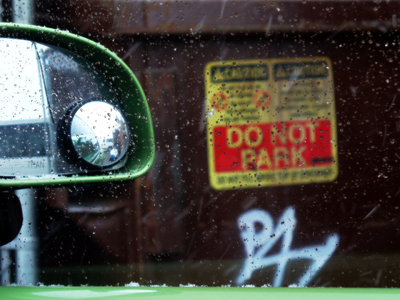






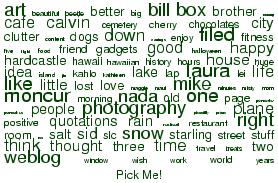

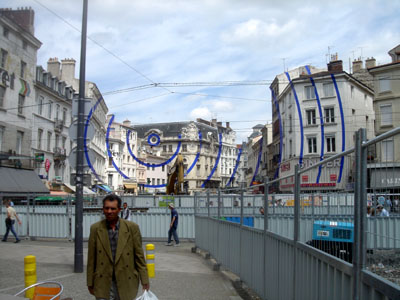

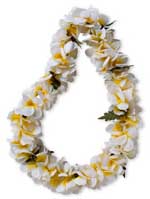
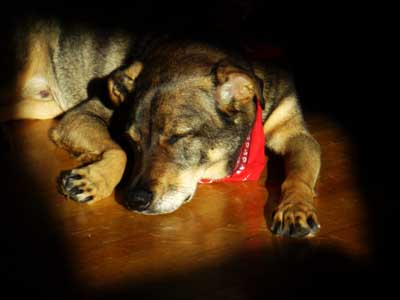
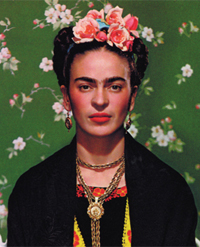 Mike and I went to the Utah Museum of Art a couple of weeks ago. We saw an exhibit about Frida Kahlo.
Mike and I went to the Utah Museum of Art a couple of weeks ago. We saw an exhibit about Frida Kahlo.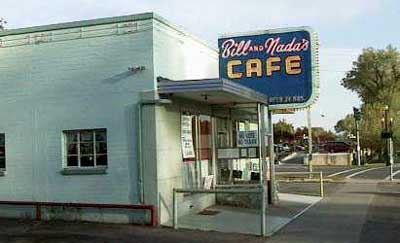





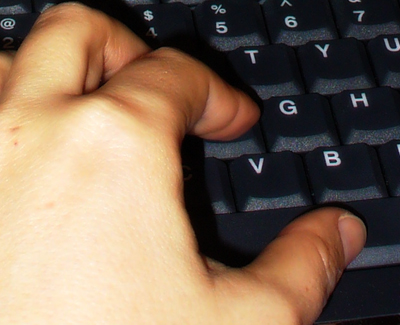




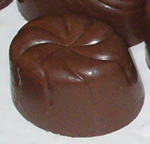 What the woman behind the counter didn’t warn us about was the Wild Cherry Dessert Mousse. I don’t care for cherry, so almost all of them are left in the box. After three weeks in our house, they have made the entire box taste like cherry. The scent of wild cherry blasts me when I open the box. We were quick to eat the mints because we were warned, but who knew that the wild cherry was the second most toxic?
What the woman behind the counter didn’t warn us about was the Wild Cherry Dessert Mousse. I don’t care for cherry, so almost all of them are left in the box. After three weeks in our house, they have made the entire box taste like cherry. The scent of wild cherry blasts me when I open the box. We were quick to eat the mints because we were warned, but who knew that the wild cherry was the second most toxic?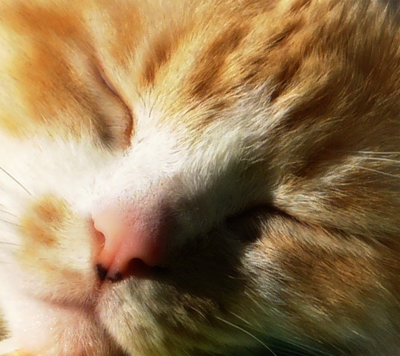
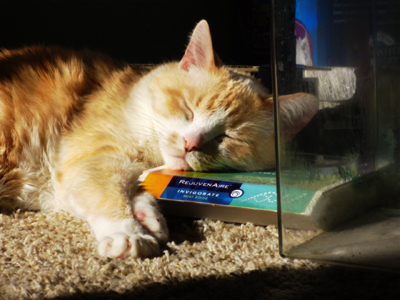
 Margaret Cho decided to get a tatoo. She didn’t decide to get a tiny little flower on her ankle or even an elaborate Celtic Knot on the small of her back. She went for full-on body art.
Margaret Cho decided to get a tatoo. She didn’t decide to get a tiny little flower on her ankle or even an elaborate Celtic Knot on the small of her back. She went for full-on body art.

